M L Aggarwal Solutions for Chapter: Appendix Mathematical Modelling, Exercise 13: PROBABILITY
M L Aggarwal Mathematics Solutions for Exercise - M L Aggarwal Solutions for Chapter: Appendix Mathematical Modelling, Exercise 13: PROBABILITY
Attempt the practice questions on Chapter 18: Appendix Mathematical Modelling, Exercise 13: PROBABILITY with hints and solutions to strengthen your understanding. CBSE Syllabus Standard Mathematics for Class X solutions are prepared by Experienced Embibe Experts.
Questions from M L Aggarwal Solutions for Chapter: Appendix Mathematical Modelling, Exercise 13: PROBABILITY with Hints & Solutions
The modern day cubical dice originated in China and have been dated back as early as 600 BC. Dice were handcrafted and produced on a small scale up until the twentieth century. A pair of dice is rolled.
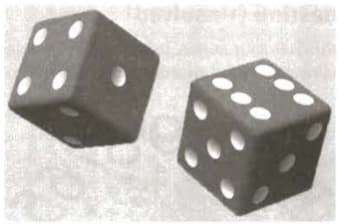
Based on the above information, answer the following question.
What will the probability of getting a product of ?
The modern day cubical dice originated in China and have been dated back as early as 600 BC. Dice were handcrafted and produced on a small scale up until the twentieth century. A pair of dice is rolled.
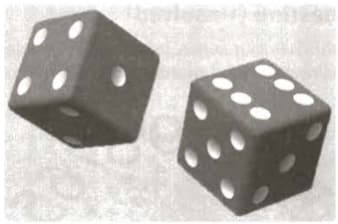
Based on the above information, answer the following question.
What will the probability of sum of numbers appearing on dice is ?
The modern day cubical dice originated in China and have been dated back as early as 600 BC. Dice were handcrafted and produced on a small scale up until the twentieth century. A pair of dice is rolled.
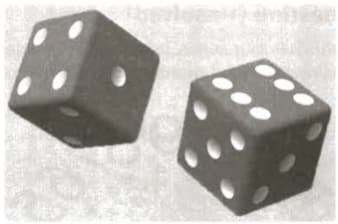
Based on the above information, answer the following question.
What is the probability that the product of the numbers is a perfect square?
A standard deck of cards has four suites, hearts, clubs, spades, diamonds. Each suite has thirteen cards each making the total number of cards in the deck as .
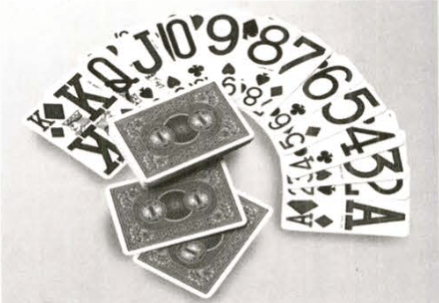
Based on the above information, answer the following question.
A card is drawn at random from a well-shuffled deck of playing cards. What is the probability of getting a face card?
A standard deck of cards has four suites, hearts, clubs, spades, diamonds. Each suite has thirteen cards each making the total number of cards in the deck as .
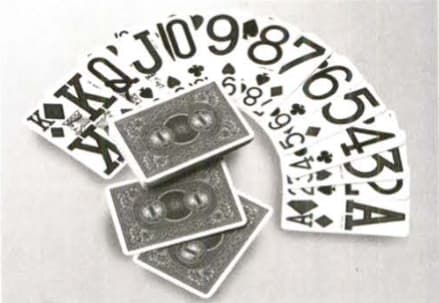
Based on the above information, answer the following question.
A card is drawn at random from a well-shuffled deck of playing cards. What is the probability that the card drawn is a jack or an ace?
A standard deck of cards has four suites, hearts, clubs, spades, diamonds. Each suite has thirteen cards each making the total number of cards in the deck as .
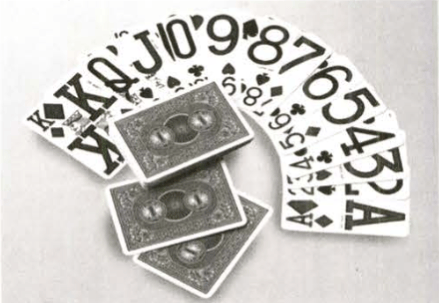
Based on the above information, answer the following question.
A card is drawn at random from a well-shuffled deck of playing cards. The probability of getting a diamond or a queen is
A standard deck of cards has four suites, hearts, clubs, spades, diamonds. Each suite has thirteen cards each making the total number of cards in the deck as .
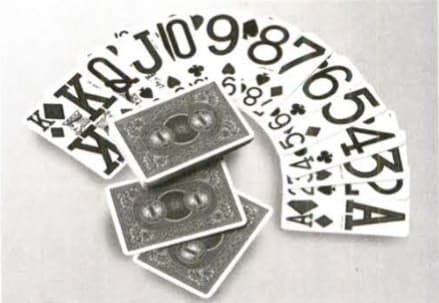
Based on the above information, answer the following question.
A card is drawn at random from a well-shuffled deck of playing cards. The probability of getting a king or a black card is
A standard deck of cards has four suites, hearts, clubs, spades, diamonds. Each suite has thirteen cards each making the total number of cards in the deck as .

Based on the above information, answer the following question.
Jacks and Aces are removed from a deck. From the well-shuffled remaining cards a card is drawn at random. The probability of getting a face card is
